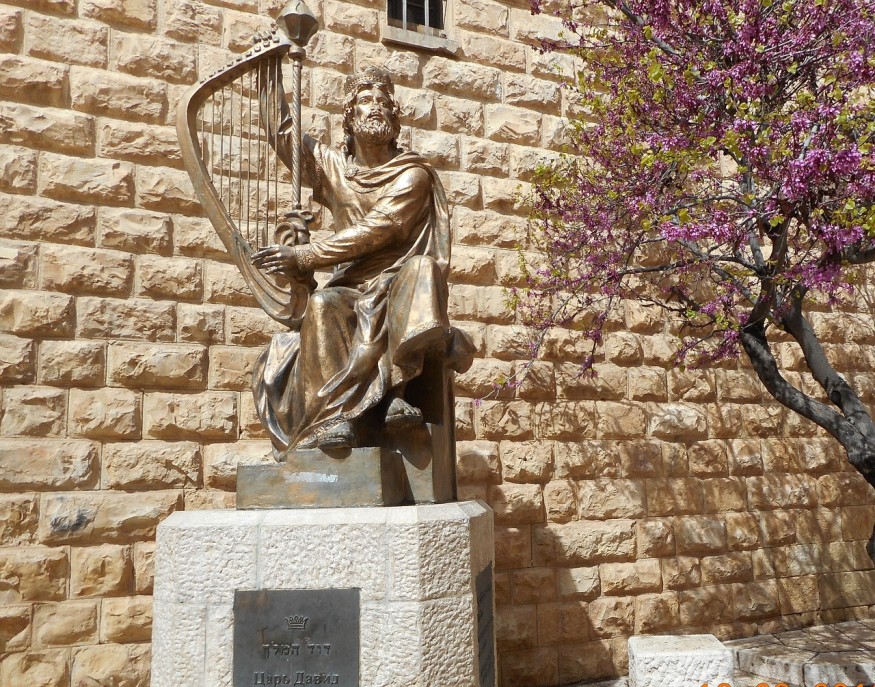
According to an Israeli archaeologist, five prehistoric towns surrounding ancient Jerusalem used to be part of a single Biblical kingdom. This kingdom may have been governed by King David around three millennia ago.
King David's Rule
David was thought to be a shepherd boy who later became the third and most crucial king of Israel. King David was claimed to be the one to unite Israel's tribes under one monarchy. However, the story has been questioned due to the insufficiency of evidence.
King David reportedly ruled from B.C. 1104 to 960, in the Iron Age.
ALSO READ: First Canaanite Sentence Found Written on Ancient Ivory Comb in Israel; What Does the 3,700-year-old Inscription Mean?
Kingdom of King David?
Israeli archaeologist and professor Yosef Garfinkle from Jerusalem's Hebrew University is the proponent behind the claim. Professor Garfinkle thinks that the areas date back to the early B.C. 1000, which corresponds to King David's time, Mail Online reports.
His conclusions were reported in the Jerusalem Journal of Archaeology. Per Haaretz, his study tries to go against the commonly accepted notion that both David and Solomon were local chieftains that governed small Jerusalem and not beyond it. He also aimed to contradict the thought that Judah emerged to become a kingdom roughly a century after these leaders' period of rule.
In the study, Professor Garfinkle explains the cities, which all have two parallel walls within their cores as well as roads that are quite structured. These suggest that the connection may have pointed to a singular kingdom.
The towns were found at different times. Nevertheless, the archaeologist thinks that he is the first to connect these dots together.
Popular Mechanics reports that when the archaeologist visited the areas and did his own digs, he explained that most of his study was grounded in examining earlier studies and focusing on previously overlooked data. Professor Garfinkle thinks that these observations reveal that King David's rule covered a kingdom, even if it was comparatively small.
What Do Other Specialists Have to Say?
The unique propositions of the professor were greeted with great questions and skepticism by other archaeologists. These colleagues think that Professor Garfinkle's conclusions are grounded in assumptions and poor data interpretations.
Not everybody is ready to follow the timeline proposed by Garfinkle, especially since it covers five different areas that have their own sets of difficulties with dating. Professor Israel Finkelstein from the University of Haifa and Tel Aviv University explains the uncertainty regarding whether each site dates to the exact period in B.C. 1000. Popular Mechanics adds that if the sites were meant to showcase a clean connection equivalent to the presence of a singular kingdom, these areas should have existed simultaneously.
Professor Garfinkle explains that his goal is not to prove the Bible, but rather to see if biblical accounts could point to historical facts. He thinks that his study could bridge both science and theology, which are two schools of thought.
RELATED ARTICLE : Poop from Ancient Jerusalem Toilets Holds Oldest Known Evidence of Dysentery-Causing Parasite, Fecal Analysis Results Reveal
Check out more news and information on Archaeology in Science Times.












